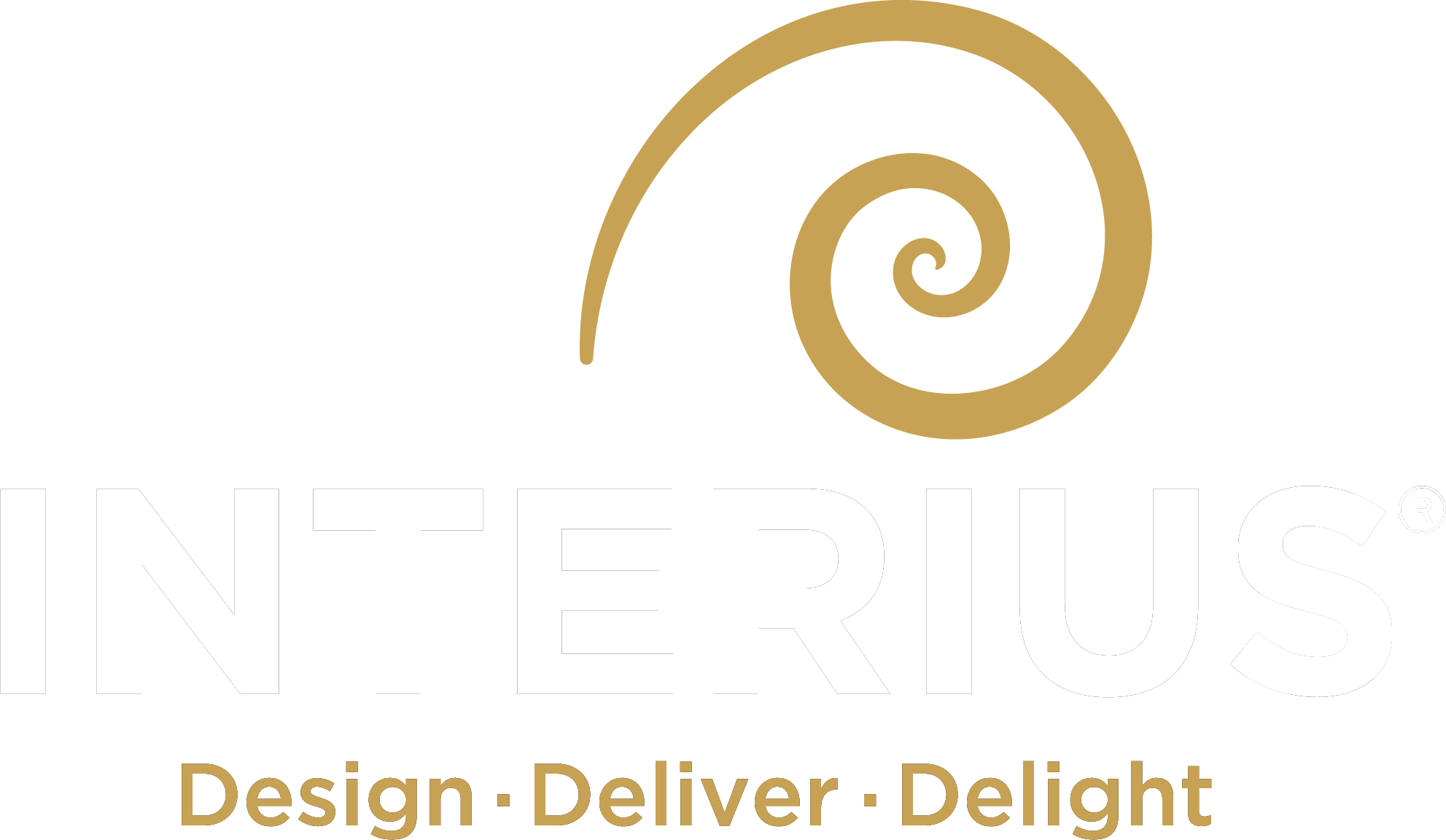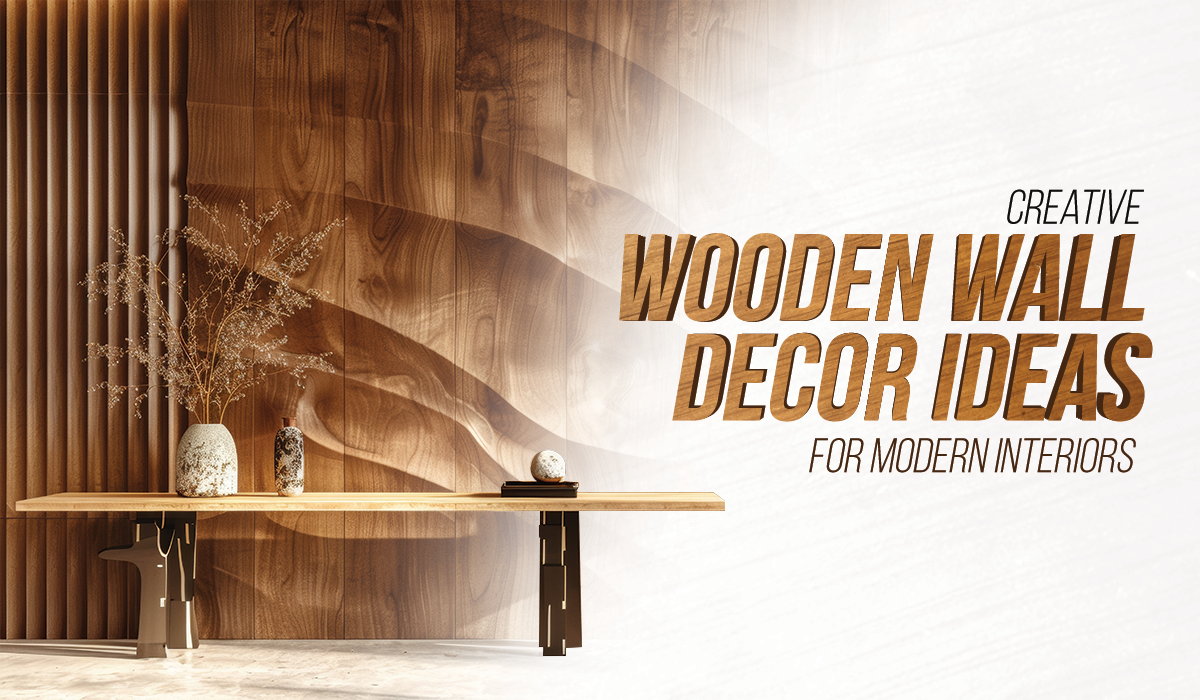Designing an interior space is an exciting venture that can transform a house into a home, or a workplace into a haven of productivity. However, to achieve a cohesive and stylish interior, it’s crucial to consider several key elements. Here are seven interior design elements you should check before diving into your next design project.
Space
Understanding the space you’re working with is foundational in interior design. Analyse the dimensions and the layout of the room. Pay attention to the natural pathways within the space and the focal points such as windows and doorways. Efficient space planning ensures that furniture placement and traffic flow are optimised, making the area both functional and aesthetically pleasing.
Light
Lighting is a crucial element that can significantly influence the ambience of a room. Consider both natural and artificial light sources. Maximise natural light by choosing light, airy window treatments, or opting for sheer curtains. For artificial lighting, layer different types—ambient, task, and accent lighting—to create a versatile and inviting atmosphere. Smart lighting solutions can also be integrated for added convenience and energy efficiency.
Colour
Colour sets the mood and tone of a space. Before selecting a colour palette , consider the purpose of the room and the feeling you want to evoke. Soft, neutral tones often create a calm and serene environment, whereas bold colours can add energy and vibrancy. Use colour theory to find complementary and harmonious combinations. Remember, the colours you choose for walls, furniture, and accessories should work together to create a cohesive look.
Texture
Texture adds depth and interest to a room. It can be introduced through materials such as fabrics, wood, metal, and glass. Mixing different textures—such as a plush rug, smooth leather sofa, and rough-hewn wooden coffee table—can make a room feel rich and layered. Texture isn’t limited to soft furnishings; consider architectural elements like exposed brick or a textured wall finish.
Pattern
Patterns can bring life and movement to a space. They can be introduced through wallpaper, textiles, rugs, and accessories. When incorporating patterns, balance is key. Mixing patterns is an art; ensure they complement each other in colour and scale to avoid visual chaos. A good rule of thumb is to combine large, medium, and small-scale patterns for a harmonious look.
Furniture
Choosing the right furniture is essential for both function and aesthetics. Furniture should be proportionate to the size of the room and aligned with the overall design theme. Quality pieces that offer comfort and durability are wise investments. Consider the layout and how each piece will interact with others in the space. Multifunctional furniture can also be a great solution for small spaces.
Accessories
Accessories are the finishing touches that personalise a space. They include items like artwork, cushions, vases, and decorative objects. Accessories should reflect your personality and style. Group items in odd numbers and vary their heights to create visually appealing arrangements. Don’t overcrowd surfaces; sometimes, less is more. Ensure that accessories complement the overall design and colour scheme of the room.
Conclusion
By carefully considering these seven interior design elements—space, light, colour, texture, pattern, furniture, and accessories—you can create a well-balanced and harmonious interior. Whether you are a seasoned interior designer or a DIY enthusiast, paying attention to these details will help you achieve your desired aesthetic and functionality. Use these guidelines as a foundation to explore your creativity and transform any space into a beautifully designed haven.
Embrace these interior decoration elements and explore various interior decor ideas to bring your vision to life. With thoughtful planning and attention to detail, you can implement effective interior design solutions that will enhance the beauty and functionality of your space.



